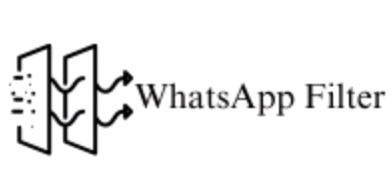Traditional RPA systems are rule-based and deterministic. They require structured inputs and fixed workflows use AI?. However, RPA can be enhanced with AI components to handle unstructured data, language, and variability.
- AI interprets raw input (e.g. documents, emails, messages)
- RPA acts on the structured output (e.g. data entry, task routing)
This pairing is common in intelligent chatbots — especially those handling support requests or internal queries. If you’re building something like an AI-powered FAQ special lead chatbot, AI handles the question interpretation, and RPA can be used to retrieve or update related data in backend systems.
Key differences between RPA and AI
Although RPA and AI are often deployed together, their big data and data analysis technical foundations and operational roles are very different. RPA is designed use AI? to follow exact instructions is built to handle complexity, ambiguity, and change.
If you’re deciding where to apply each, this comparison highlights their core distinctions across inputs, logic, adaptability, and more:
This distinction matters. RPA is reliable in use AI? environments where the process never changes. becomes necessary when inputs are unpredictable or tasks require interpretation. In most modern systems, the real power comes from using both — each doing what it does best.
Key Benefits of RPA
RPA is valuable not because it’s intelligent but because it’s exact. In systems where logic is fixed, interfaces are messy, and scale matters, RPA introduces consistency without disruption.
It provides the kind of execution layer that most enterprise software stacks lack: one that operates across tools without needing to change them.
